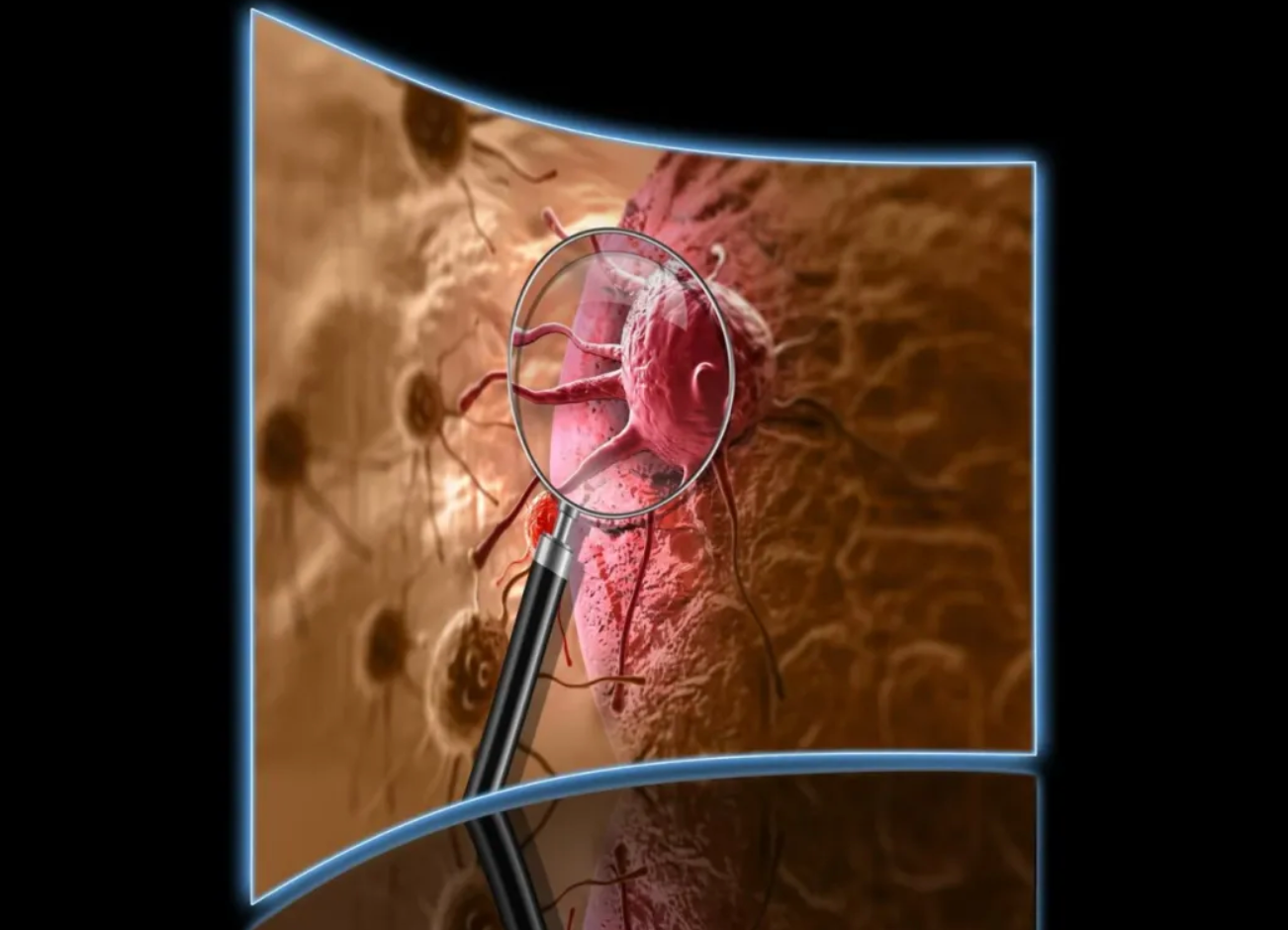
AI Cambrian Epoch | October 21, 2024 | Jiangsu
Recently, scientists at Harvard Medical School have developed a groundbreaking AI model called CHIEF, capable of diagnosing multiple types of cancer and predicting treatment outcomes with an impressive accuracy of up to 96%.
Their findings have been published in the prestigious scientific journal Nature.
Key Features of CHIEF
Versatile, ChatGPT-like Flexibility:
Similar to ChatGPT's ability to handle a wide range of language tasks, CHIEF excels in cancer diagnostics. It performs tasks like detecting cancer cells, predicting tumor genetic profiles, forecasting patient survival rates, and assisting doctors in selecting treatment plans. It even predicts survival outcomes for various cancer types.
Top Performer Across Multiple Tasks:
CHIEF outperforms existing AI systems across multiple cancer-related tasks, earning it the title of a “six-sided warrior” with its all-encompassing capabilities.
Broad Applicability:
Tested on 19 different types of cancer, CHIEF has demonstrated a wide range of applicability, making it a highly versatile tool in cancer research and clinical practice.
Accurate Predictions:
CHIEF can accurately forecast patient survival rates and identify genes and DNA patterns linked to treatment responses, offering insights into patient outcomes.
Human-like Comprehension of Medical Images:
CHIEF doesn’t just focus on specific regions of a medical image; it considers the full context, allowing it to interpret medical images more comprehensively than many human pathologists.
Highly Adaptive:
Regardless of how tumor cells are obtained (via biopsy or surgical excision) or the technology used for digitization, CHIEF consistently delivers high accuracy. This makes it applicable in diverse clinical settings.
Uncovering New Associations:
CHIEF has even uncovered previously unknown tumor features related to patient survival, providing new directions for cancer research.
Breakthrough in Medical Diagnostics
While there have been several recent AI models for medical diagnosis based on pathological images, CHIEF stands out as the first AI capable of predicting patient outcomes (prognosis) across multiple international patient cohorts. It has been validated across various global datasets, offering unprecedented insights into cancer prognosis.
How CHIEF Works
CHIEF detects cancer cells by reading digital slides of tumor tissues and predicting their molecular profiles based on observed cell features. Its accuracy surpasses most existing AI systems. The model predicts survival rates across various cancer types and identifies characteristics of the tumor microenvironment—features that correlate with how patients respond to standard treatments, such as surgery, chemotherapy, radiotherapy, and immunotherapy.
Predicting Tumor Molecular Profiles
CHIEF can predict genomic variations in tumors by analyzing microscopic slides, identifying features tied to critical genes involved in cancer growth and inhibition. It predicts mutations in genes associated with the tumor's response to therapies. For instance, CHIEF can detect DNA patterns linked to how colon tumors respond to immunotherapy. When analyzing full tissue images, CHIEF identified mutations in 54 common cancer genes, achieving an overall accuracy rate exceeding 70%, significantly outperforming current AI methods.
CHIEF has also been tested on mutations related to FDA-approved targeted therapies, covering 18 genes and 15 anatomical sites. Its accuracy in detecting mutations in various cancers is notably high, including a 96% accuracy rate in detecting the EZH2 mutation in diffuse large B-cell lymphoma, 89% accuracy for the BRAF mutation in thyroid cancer, and 91% accuracy for the NTRK1 mutation in head and neck cancers.
Predicting Patient Survival Rates
CHIEF successfully predicts patient survival rates by analyzing tumor histopathology images from the time of initial diagnosis. Across all studied cancer types and patient groups, CHIEF distinguishes long-term survivors from short-term survivors, outperforming other models by 8%. For patients with more advanced cancer, CHIEF exceeded the performance of other AI models by 10%. Its ability to predict high versus low mortality risk was validated in patient samples from 17 different institutions worldwide.
Extracting New Insights into Tumor Behavior
CHIEF identifies image patterns associated with tumor aggressiveness and patient survival. It generates heatmaps on the images to highlight areas of interest. Upon analysis, pathologists found signals reflecting the interactions between cancer cells and surrounding tissues. For example, CHIEF revealed that long-term survivors had higher concentrations of immune cells in their tumors, which might suggest the immune system was more activated to fight the tumor.
For short-term survivors, CHIEF identified areas characterized by atypical nuclear features, weaker cell connections, and abnormal proportions between different cell components. This highlighted necrotic areas in the tumors, which were less common in long-term survivors. In breast tumors, CHIEF pointed out the presence of necrosis or cell death as an area of interest, which correlated with lower survival rates. Conversely, breast tumors with higher survival rates retained more normal cellular structures similar to healthy tissues. These survival-related patterns varied depending on the type of cancer.
CHIEF’s Training Process
CHIEF’s training data included:
- 15 million unlabelled image slices
- 60,000 full-slide images from tissues such as lung, breast, prostate, colorectal, stomach, esophagus, kidney, brain, liver, thyroid, pancreas, cervix, uterus, ovary, testis, skin, soft tissue, adrenal gland, and bladder.
The model was trained to analyze both specific regions and the overall image context, allowing it to connect localized changes with broader trends. This comprehensive training enabled CHIEF to outperform other AI models by up to 36% in tasks such as cancer cell detection, identifying tumor origins, predicting patient prognosis, and recognizing genes and DNA patterns linked to treatment responses.
Future Directions for CHIEF
The researchers plan to further enhance CHIEF’s capabilities, including:
- Training it on tissue images from rare and non-cancerous diseases.
- Incorporating pre-cancerous tissue samples into the model.
- Exposing it to more molecular data to improve its ability to identify varying cancer aggressiveness levels.
- Training it to predict the benefits and side effects of both new and standard treatments.